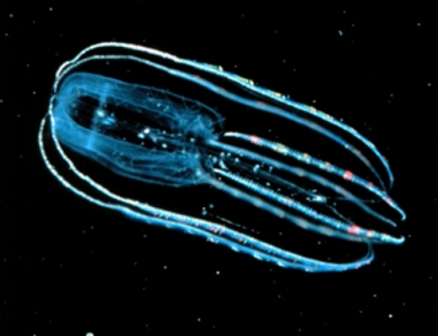Bioluminescence (Biodiversity)
Bioluminescence
What is … Bioluminescence?
Bioluminescence is the production and emission of light by a living organism.
The light emitted by a bioluminescent organism is produced by energy released from chemical reactions occurring inside (or ejected by) the organism.
If you’ve ever seen a firefly, you have encountered a bioluminescent organism. In the ocean, bioluminescence is not as rare as you might think. In fact, most types of animals, from bacteria to sharks, include some bioluminescent members. Also, bioluminescence is found throughout marine habitats, from the ocean surface to the deep sea floor.
While the functions of bioluminescence are not known for all animals, typically bioluminescence is used to warn or evade predators, to lure or detect prey, and forcommunication between members of the same species.
As part of NOAA’s Ocean Exploration program, researchers have studied bioluminescence on the deep-sea floor off the Bahamas, northern Gulf of Mexico and South Atlantic Bight (i.e., continental shelf break and slope from the eastern coast of Florida to North Carolina).
For more ocean facts, click here (Bioluminescence) .
Posted Oct. 14, 2010.
